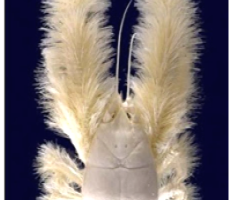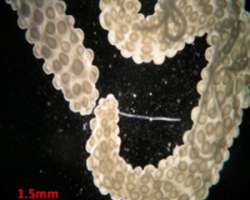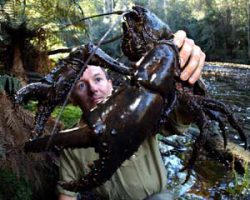
Weird and wonderful species adapted to their hostile habitats
By Amy Whetstone, Qualifications and Skills Officer at the Society of Biology The yeti crab and axolotl are two bizarre but brilliant species that are rarely in the limelight, but I believe deserve to be. So broaden your animal lexicon and spread the word about these peculiar aquatic species, who have adapted to cope in the harsh and inhospitable conditions they inhabit. Yeti crab, Kiwa hirsuta. This pale eerie-looking crab is so named because of its long hairy arms. It has good reason, however, for its strange appearance, not least the inhospitable environment in which it lives. The yeti crab was first discovered in 2005 at a depth of over 2200 meters which explains it pale appearance; no sunlight penetrates this depth so there is no need for fancy colours. So deep in fact that it can only be reached by using an unmanned submersible. The next…



